Reportar esta entrada
Más sobre la misma comunidad-colección
Tte Rene A. Valenzuela, Cuerpo de Ingenieros del Ejército de los Estados Unidos
Photo of me on the southern shores of the Caspian Sea in ...
1LT René A. Valenzuela, Cuerpo de Ingenieros del Ejército de los Estados Unidos
At the firing range in the jungles of Panama training for ...
1LT Rene A. Valenzuela, Cuerpo de Ingenieros del Ejército de los Estados Unidos
Department of Technical Operations, Engineer Instructional ...
Apolonio Reyes - Compañía E - 1940
Reyes was a member of Rifle Company E, 141st U.S. Army Infantry, ...
Apolonio Reyes, Tony, Andrés y Juan Saucedo - 1940
Apolonio Reyes (left) with Tony and Andres Saucedo - Company E. ...
Apolonio Reyes, Tony, Andrés y Juan Saucedo - 1940
Apolonio Reyes (standing middle) with Tony, Andres, and Juan ...
Fernando Villela y Rosa Villela - 50º Aniversario- 2017
Married 50 years -- Fernando Villela and Rosa Villela celebrate ...
Fernando Villela y Rosa Villela - 50º Aniversario- 2017
July 30, 2017 - Fernando Villela and Rosa Villela celebrate 50th ...
Fernando Villela y Rosa Villela - 50º Aniversario- 2017
July 30, 2017 - Fernando Villela and Rosa Villela celebrate 50th ...
Fernando Villela y Rosa Villela - 50º Aniversario- 2017
July 30, 2017 - Fernando Villela and Rosa Villela celebrate 50th ...
Fernando Villela y Rosa Villela - 50º Aniversario- 2017
July 30, 2017 - Fernando Villela and Rosa Villela celebrate 50th ...
Everett Thomas - El Paso, Texas
Everett Thomas - when he was in the navy. Digital Wall Curator ...
Cpl. Alfredo Lozano - Compañía E - 1940
Photograph was taken at Camp Bowie a United States National ...
Cpl. Alfredo Lozano - Compañía E - 1940
Photograph was taken at Camp Bowie a United States National ...
Recepción Diplomática Japonesa 1933
1933 Diplomats from Japan being received by Host Rafael Lara ...
Anthony, TX Libre de Humo - 2017
Passing of a smoke-free ordinance in Anthony, Texas on Monday, ...
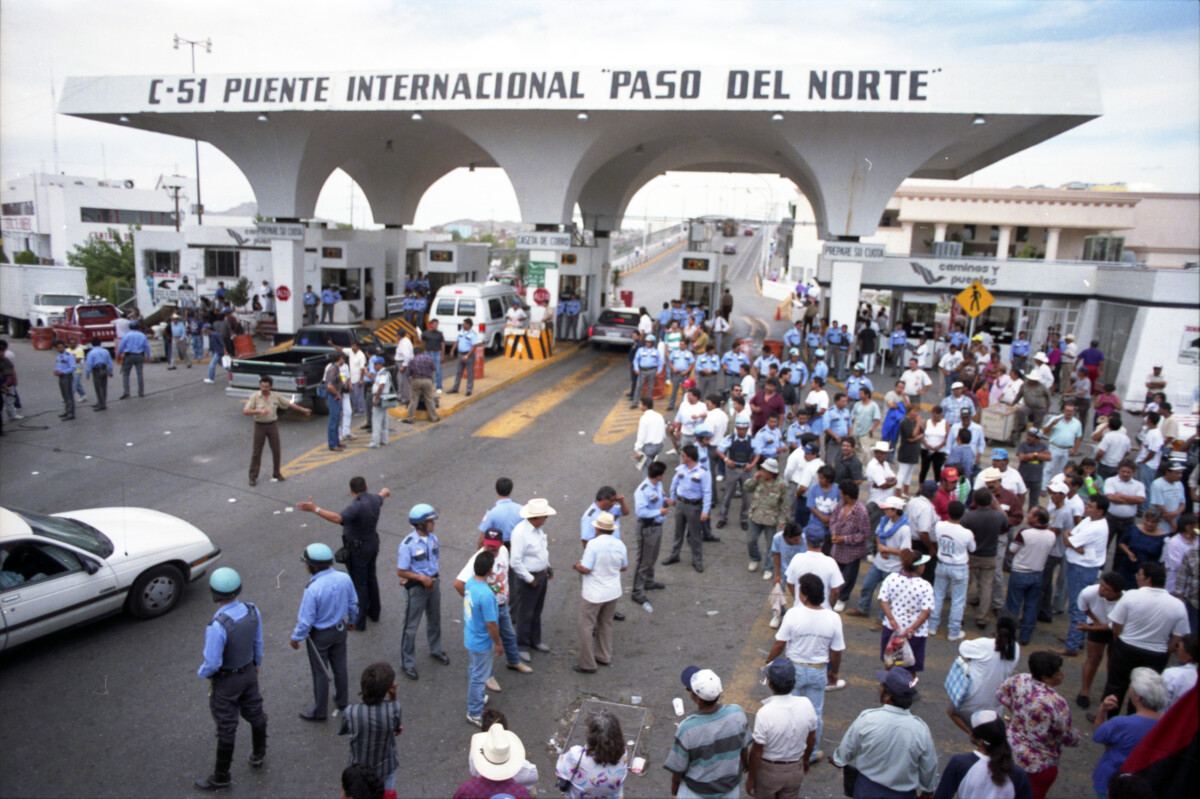
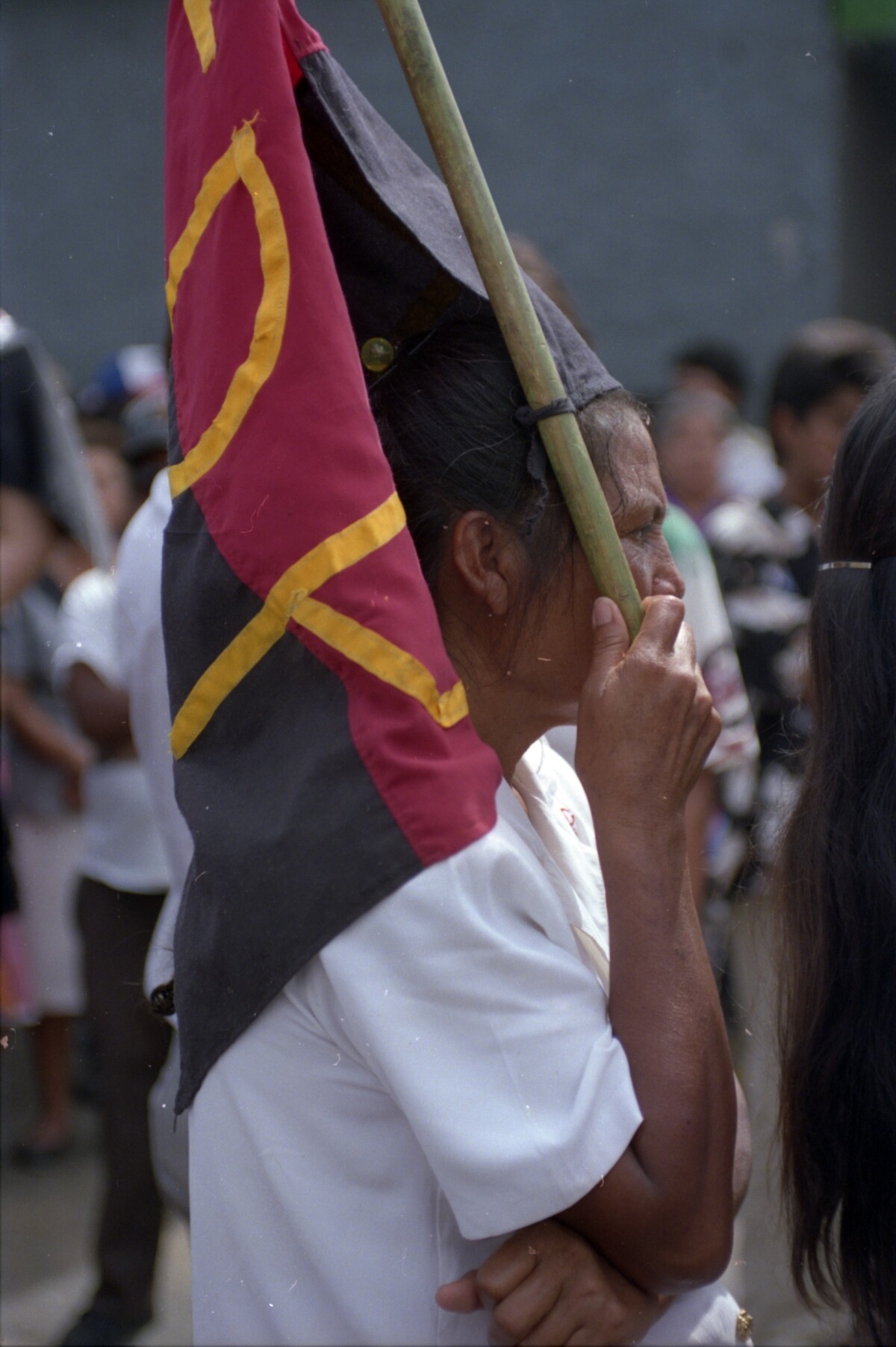

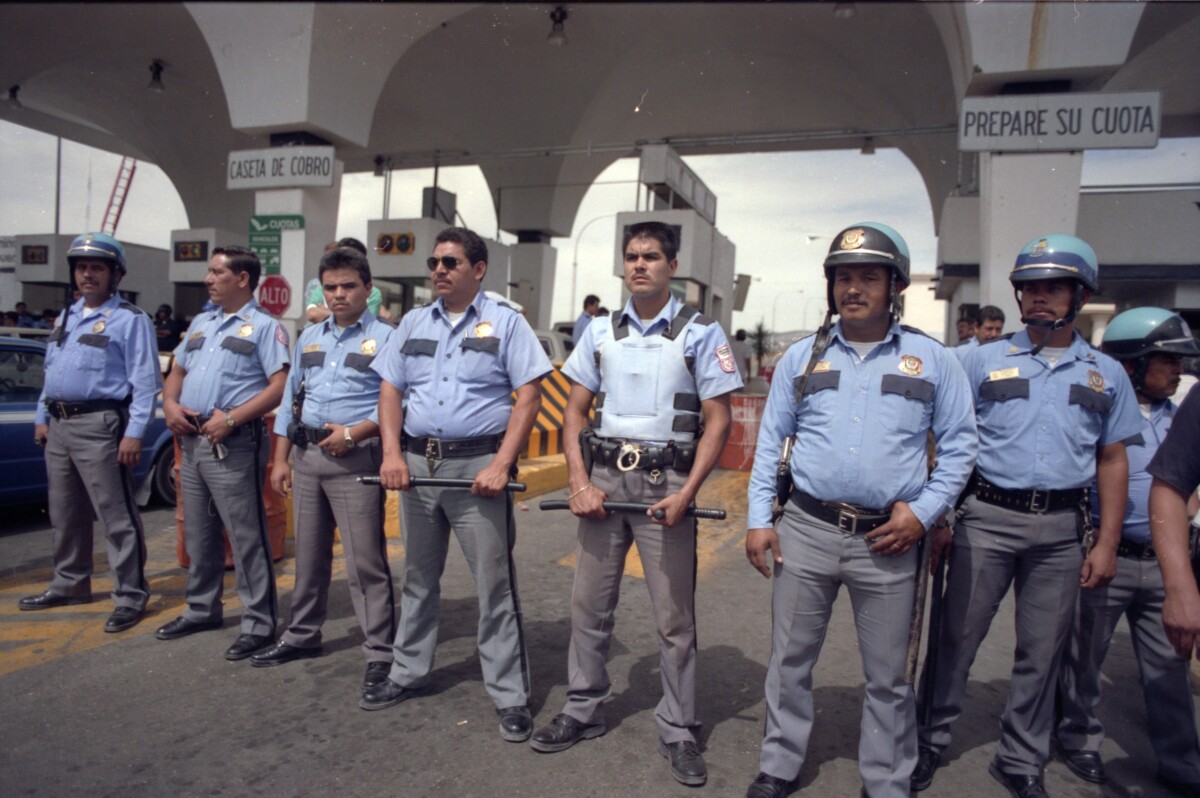
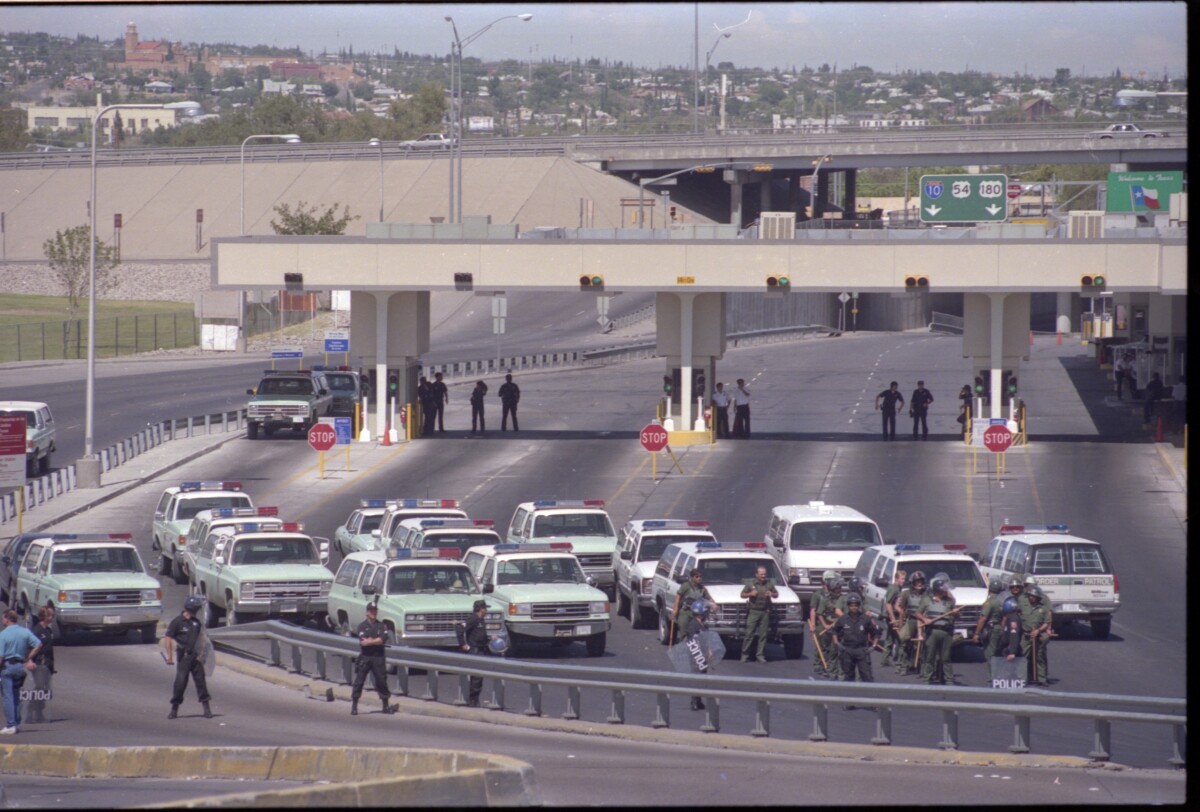

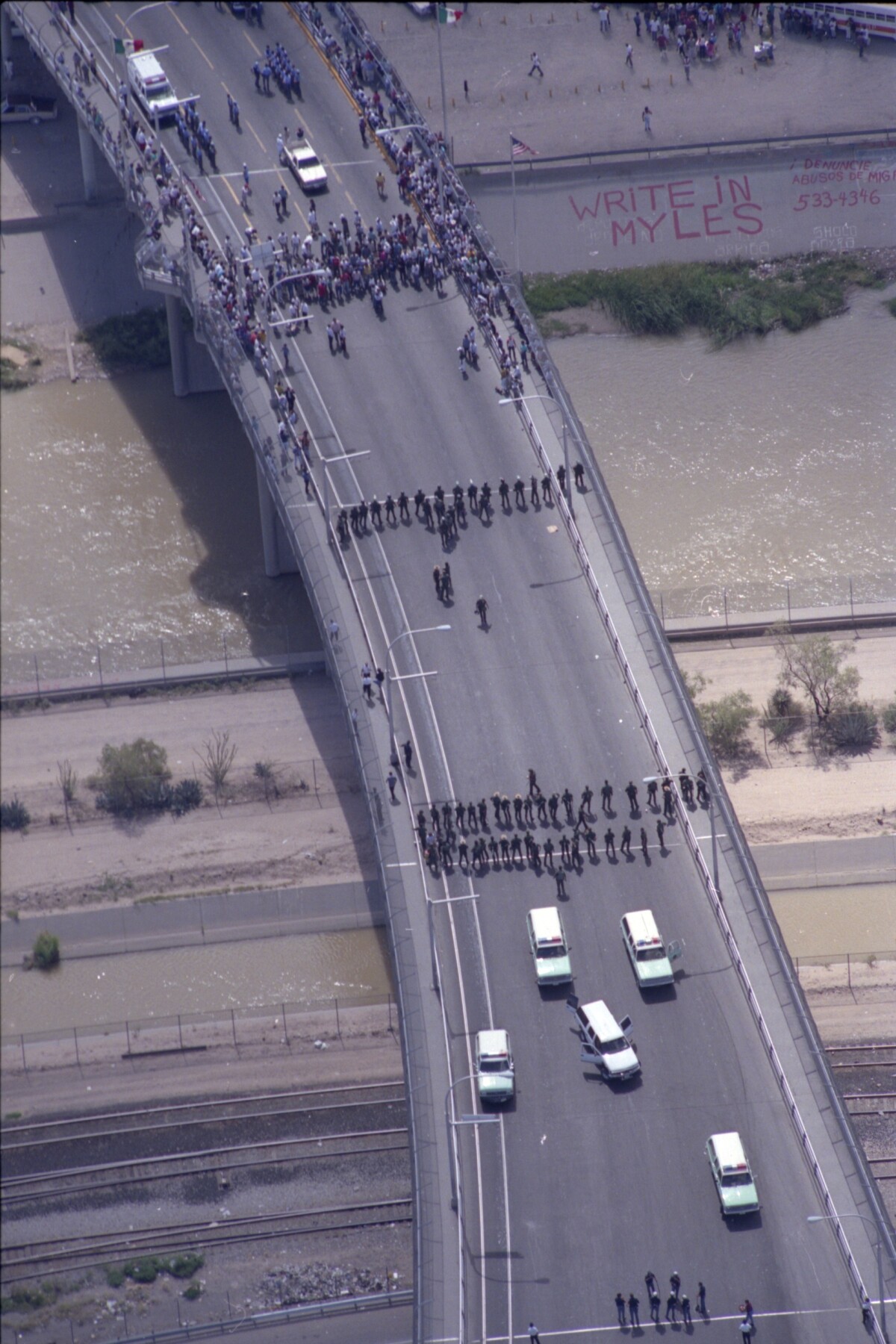

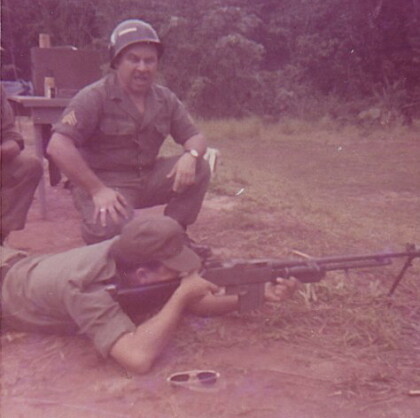
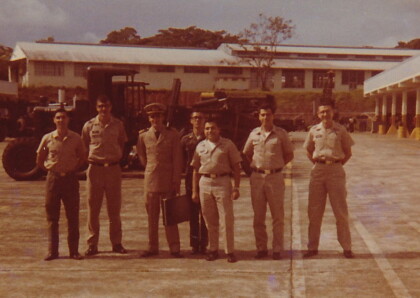
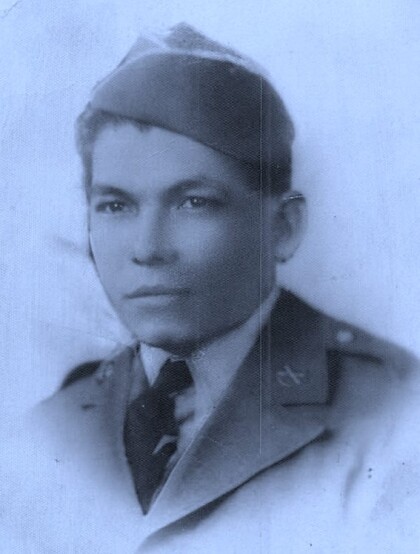
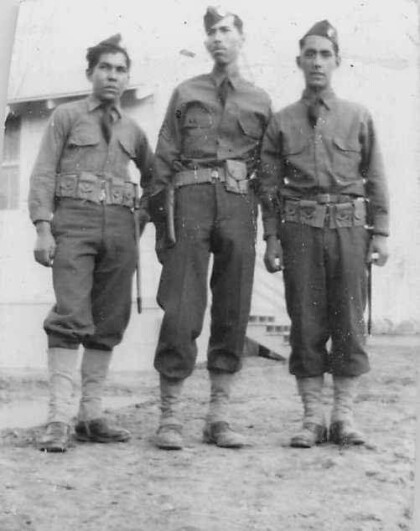

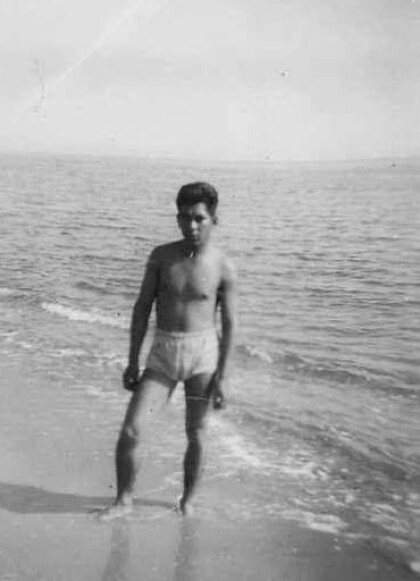
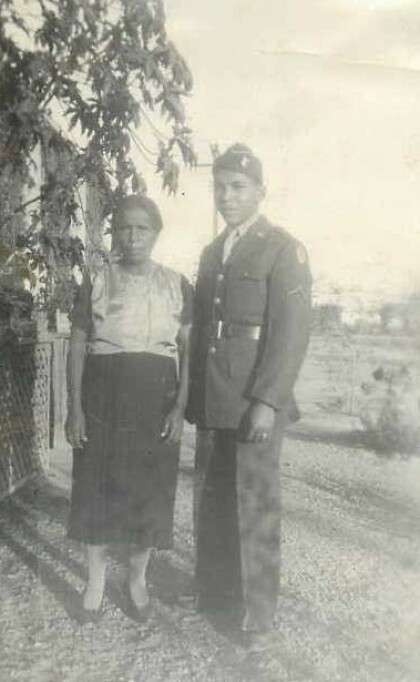
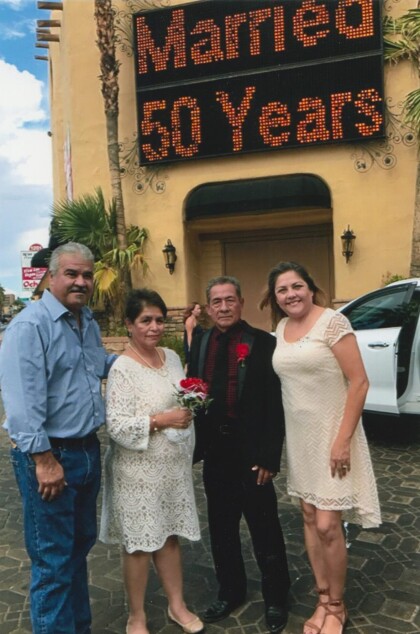
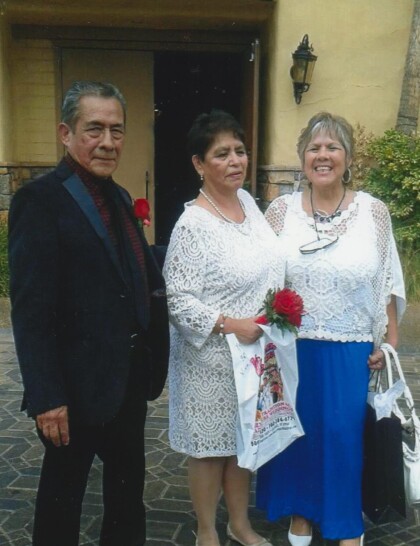

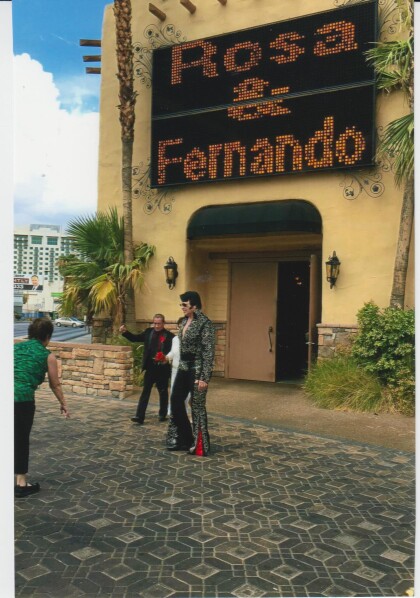
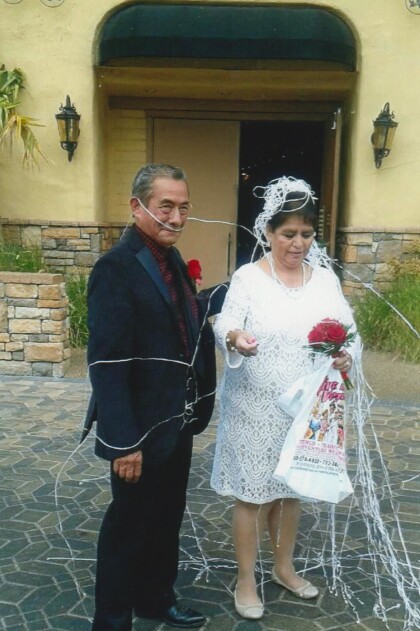
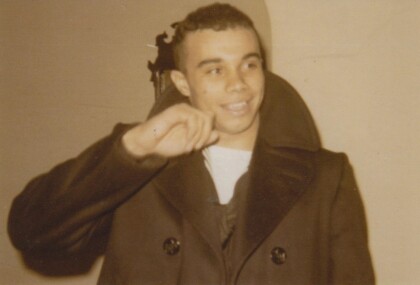
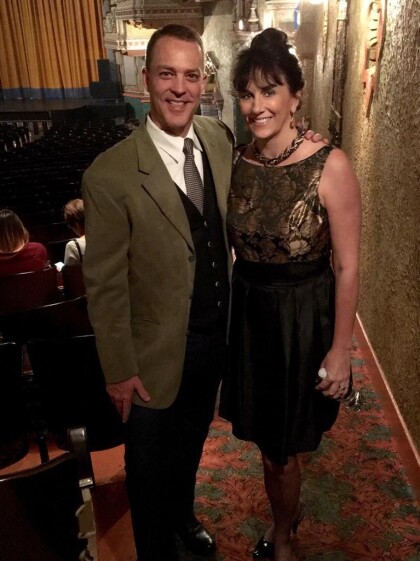


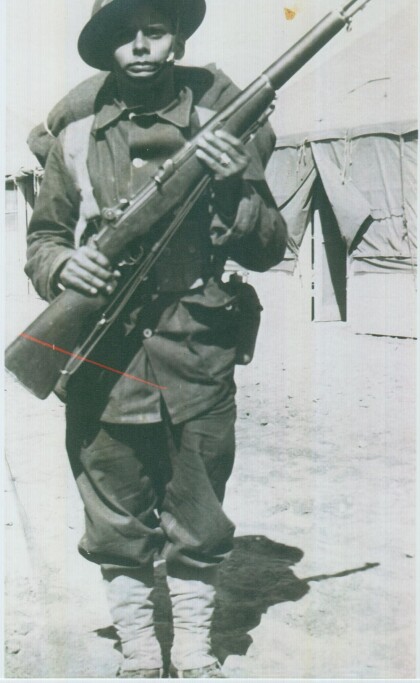
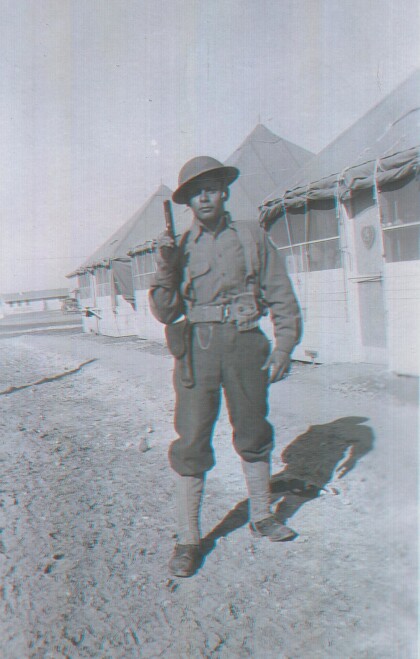

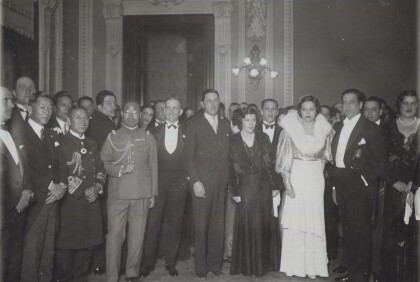
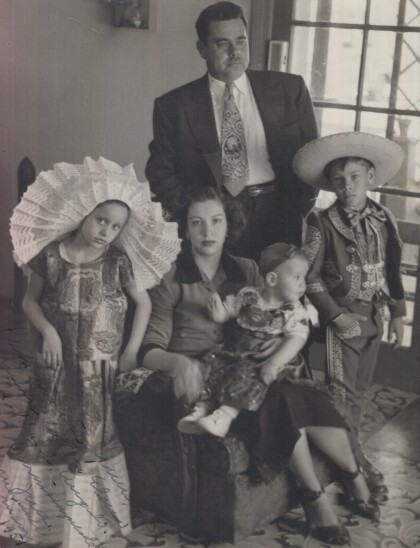
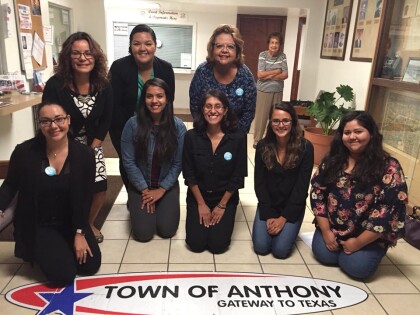
Comentarios
Hacer un comentario